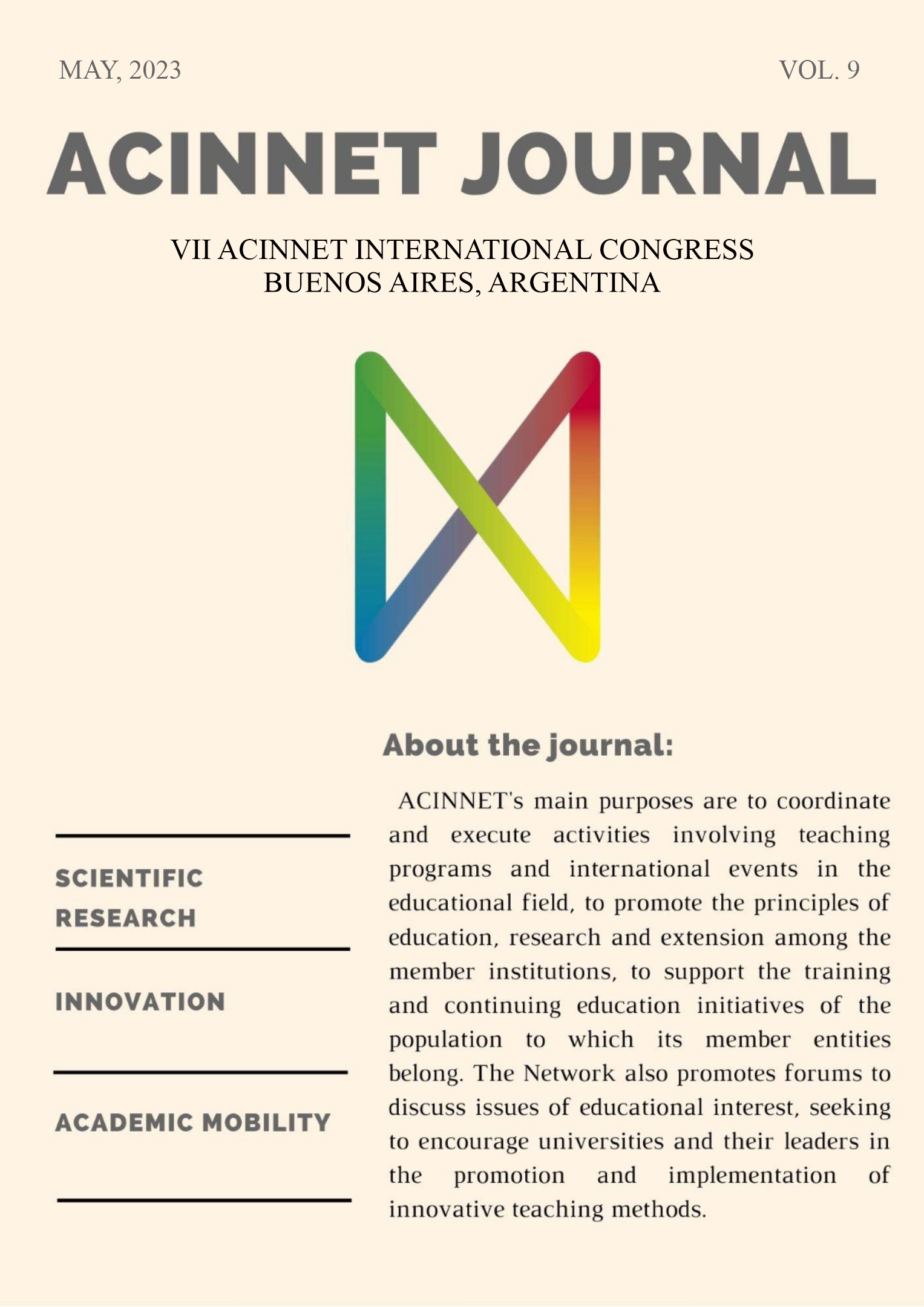THE USE OF OKARA FLOUR IN BAKING: A NARRATIVE REVIEW
Keywords:
Ultra-processed foods, Chronic non-communicable diseases, Functional foods, OkaraAbstract
The aim of this article is to carry out a narrative review of the literature on ultra-processed products and food reuse in baking, with the addition of okara flour. Data were collected through academic Google, Scielo and the UNISUAM sectoral library. Publications in portuguese were used, referring to the period from 1985 to 2022. The findings show that the increasing consumption of ultra-processed foods confirms a food profile rich in calories and harmful ingredients. Thus, it becomes necessary to develop products that contain functional properties, and that can balance the deleterious effects of added inputs. One of the verified foods is okara, residue from soy processing, with a very low market value, but still little used in the food industries. Therefore, okara can be used in bakery products, presenting itself as a healthy alternative for food industries and their consumers.



